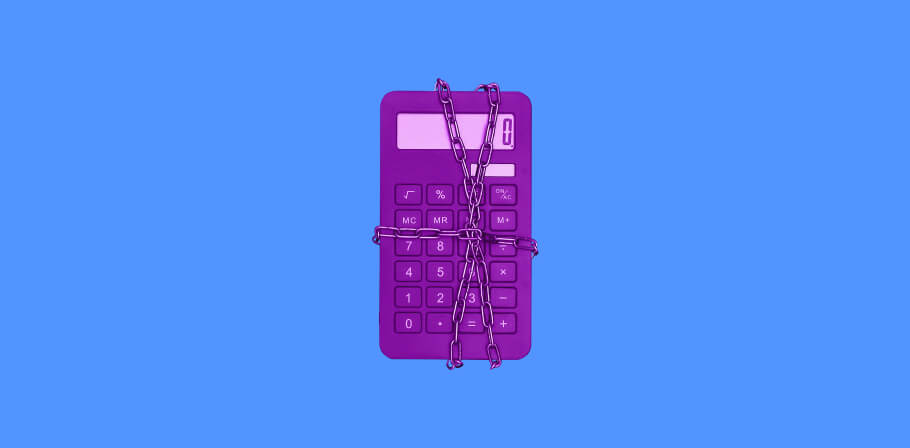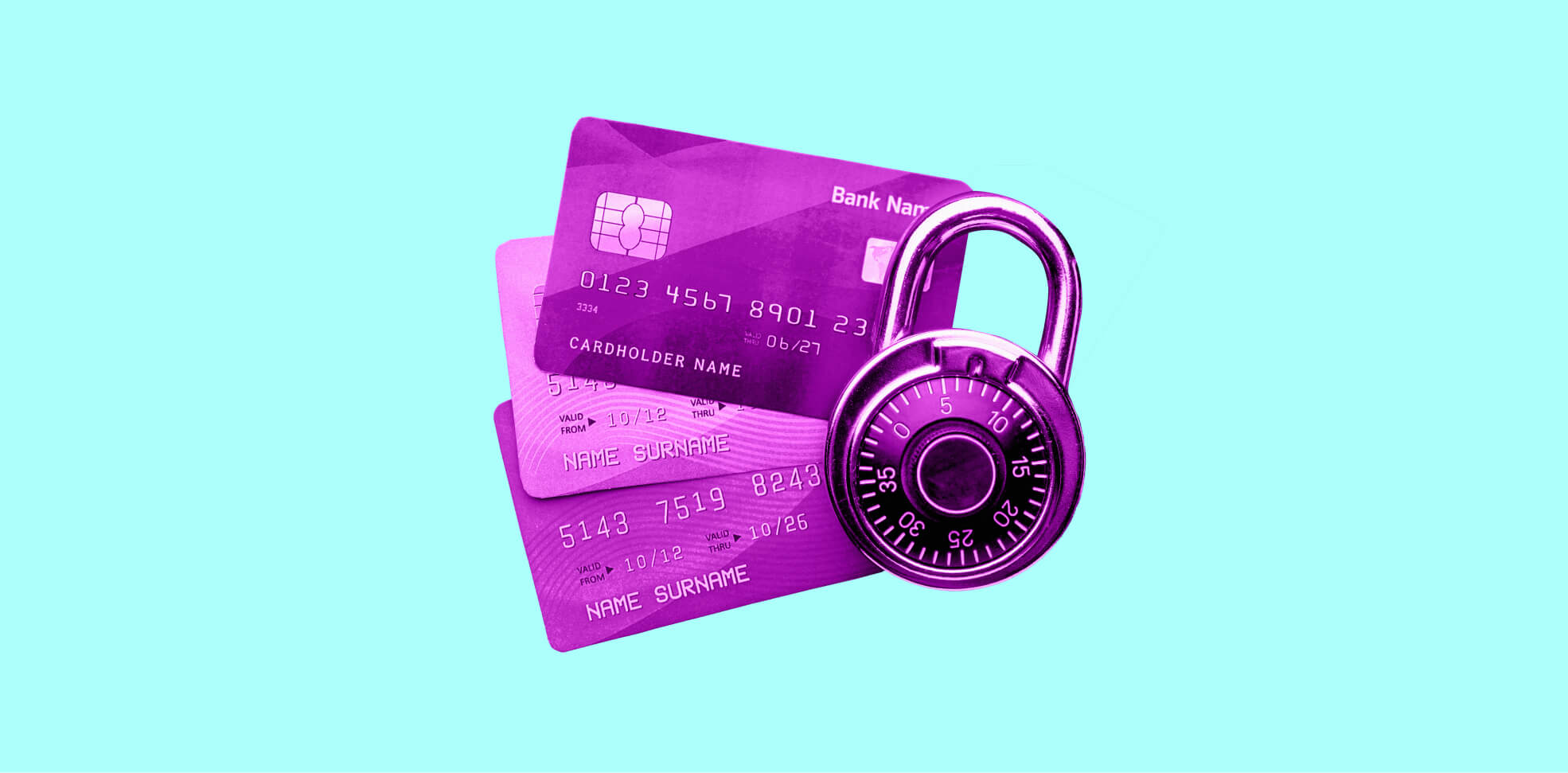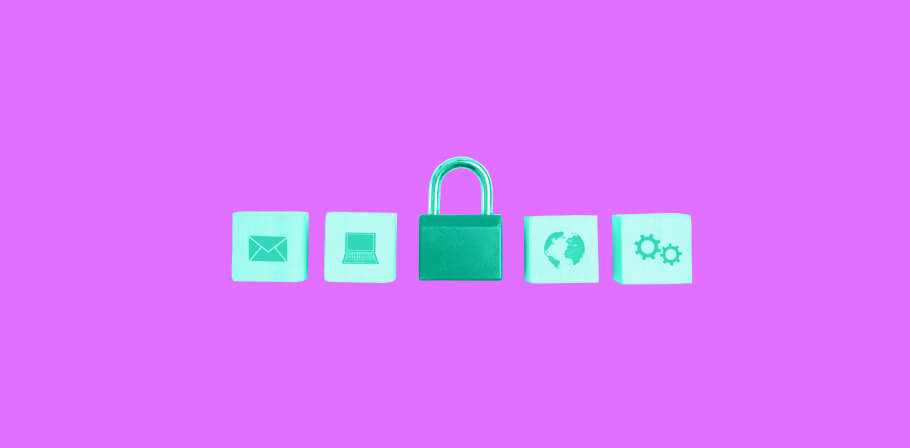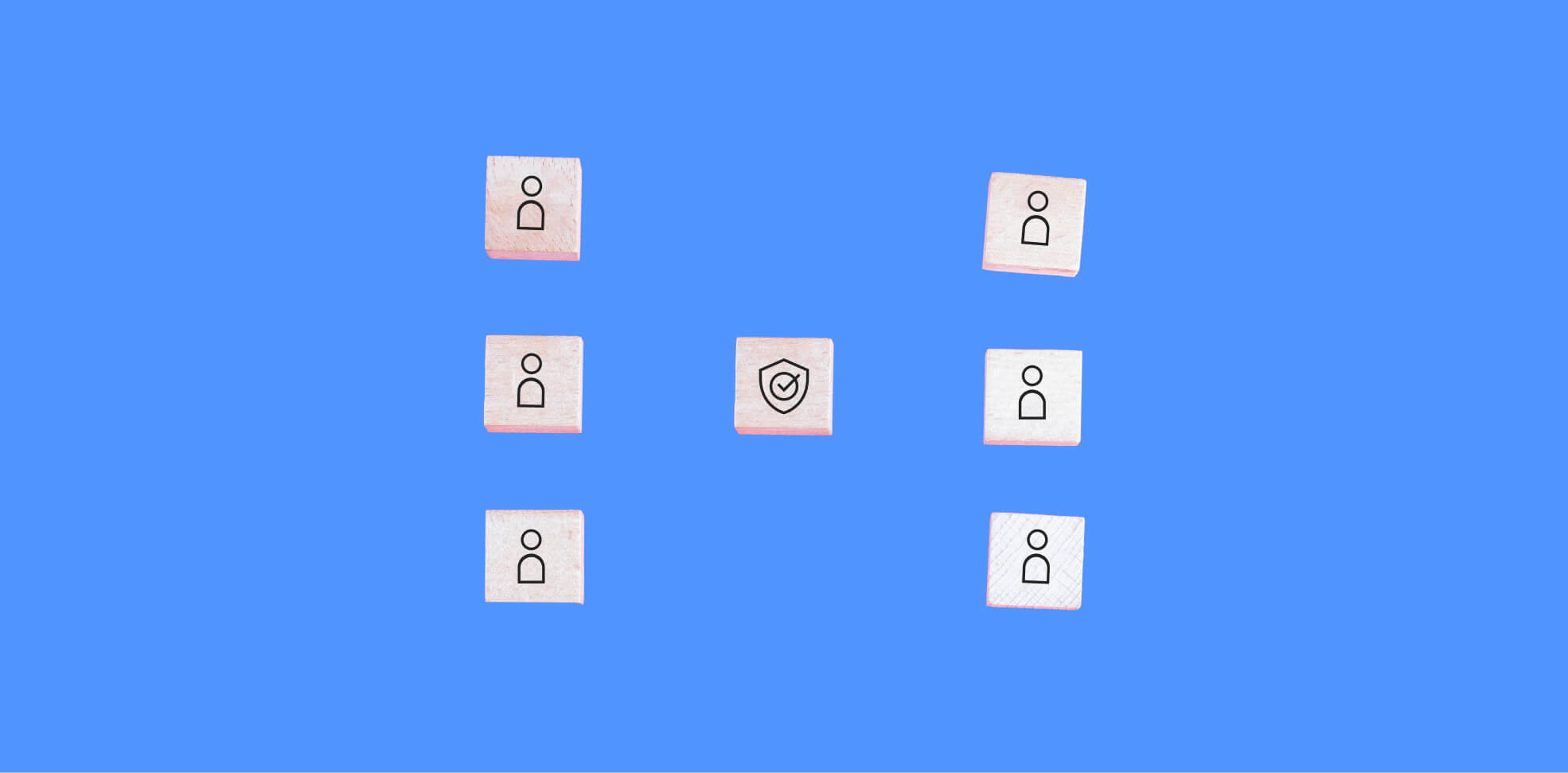In today's fast-paced digital landscape, online banking has revolutionized how we manage our finances. While this convenience is unparalleled, it also brings forth banks’ critical responsibility of safeguarding sensitive financial information. This comprehensive guide to online banking safety tips will delve into the robust security measures banks should implement to protect their clients’ valuable data from potential threats and tips for the fintech industry and the users of mobile banking apps.
Overview of online banking thefts
Research has shown that many victims of online banking fraud are often unaware of the scams until after the incident. This emphasizes the need for better awareness and education regarding the safety and security of online banking. Additionally, the presence of banking malware further highlights the pressing need for enhanced protective measures. As online banking theft continues to rise, the banking industry must adapt and evolve in response to this growing threat landscape.
Case 1: Phishing attack against customers of the Bank of America
In 2019, Bank of America experienced a 34% increase in phishing attacks, with 19,800 unique phishing URLs detected by Vade, up from 14,771 in the previous year. Security alerts, a common tactic in financial services phishing, were a primary focus of these attacks. Cybercriminals capitalized on the distressing nature of alerts from financial institutions, leading to a higher likelihood of users clicking on fraudulent links. The surge highlights the evolving tactics of phishing campaigns and underscores the importance of heightened cybersecurity measures to protect users and financial institutions.
The phishing attack on Bank of America stands out due to the perpetrators' efforts to impersonate the financial institution in deceptive emails. These fraudulent emails often employ sophisticated techniques to mimic official communications, creating a false sense of legitimacy. The attackers leverage the reputation and trust associated with Bank of America to deceive recipients into following malicious links or providing personal data. The phishing emails likely contain deceptive narratives, such as urgent security updates, account verification requests, or enticing offers, designed to prompt recipients into taking action. Once users interact with the fraudulent content, they may be redirected to malicious websites or prompted to disclose sensitive details, including login credentials and personal information.
Prevention: This emphasizes the importance of robust cybersecurity measures to detect and mitigate phishing threats. The bank has since urged Bank of America customers to exercise caution, verify the emails, and not click on suspicious links to protect their personal and financial information from these pervasive phishing attempts.
Case 2: Malware attack: The world’s largest bank under attack
On November 10, 2023, the world witnessed a significant blow to the global financial sector as the Industrial and Commercial Bank of China, renowned as the largest bank globally, fell victim to a ransomware cyberattack. This high-profile incident sent shockwaves through the industry, highlighting the vulnerability of even the most formidable financial institutions to sophisticated cyber threats. The attack, characterized by malicious actors encrypting ICBC's files and demanding payment for their release, not only poses a direct risk to the bank's operations but also raises broader concerns about the resilience of the financial services.
Prevention: The financial industry is a prime target for cybercriminals looking to profit from sensitive information or disrupt services. The ICBC incident serves as a reminder that no matter the size or reputation of a financial institution, it is not immune to cyber threats. As the financial industry responds to this incident, it must reevaluate banks' cybersecurity strategies to ensure they remain effective.
ASSURE YOUR ONLINE BANKING SECURITY
Our cybersecurity experts can enhance security and support your online banking platform continuously.
Online banking security tips
As the digital transformation in banking grows and evolves, so do the sophisticated methods cybercriminals employ. Because of this, financial institutions should employ a comprehensive array of sophisticated security measures to protect customer data against cyber threats and unauthorized access. Understanding the multifaceted approach banks adopt is crucial for banking customers to trust in the security of their financial transactions.
Data encryption
Banks should prioritize using cutting-edge encryption methods as a primary line of defense. This involves transforming sensitive information into an unreadable code, rendering it virtually impossible for unauthorized individuals to decipher. This digital shield ensures the confidentiality and integrity of customer data, creating a secure environment for online transactions akin to a private language only understood by the bank.
Two-factor authentication (2FA)
To enhance the security of customer accounts, banks should implement two-factor authentication (2FA). This involves a secondary verification step, typically a unique code sent to the customer's mobile device. Even if a password is compromised, unauthorized access is thwarted without the secondary factor. 2FA is a robust deterrent against cybercriminals attempting to exploit compromised login credentials.
FDIC insurance
The Federal Deposit Insurance Corporation or in short FDIC insurance guarantees the safety of deposited funds up to a specified limit, providing a safety mechanism in case of a bank failure. This reassures banking customers that their financial assets are protected, contributing to confidence in the banking system.
Anti-fraud department
Banks should maintain dedicated anti-fraud departments armed with advanced tools and technologies. These departments should actively monitor transactions, swiftly identifying irregularities that may signify fraudulent activities. Utilizing sophisticated algorithms, these departments can detect potential threats and take immediate action to neutralize them, ensuring the integrity of customer accounts and financial assets.
Automatic sign-out
Automatic sign-out features are a simple yet effective tool for minimizing the risk of unauthorized access. In the event of inactivity, the system automatically terminates the online banking session. This feature safeguards against forgetfulness or oversight reinforcing the overall security of online banking sessions.
Fraud monitoring
Real-time fraud monitoring systems are a cornerstone of a bank's security infrastructure. These systems utilize advanced algorithms to analyze transaction patterns, identifying unusual activities indicative of fraudulent behavior. The key strength lies in the ability to promptly detect anomalies, allowing banks to take immediate action and protect customer accounts and financial assets in the ongoing battle against cyber threats.
GET EXPERT HELP TO SECURE YOUR BANKING APP
Contact us to expand the security capabilities of your existing app, augment your team to expand project development, or hire our talent to deliver the application end-to-end.
More tips for online banking users to keep their money and information safe
As online banking continues to be an integral part of our financial landscape, ensuring the security and protection of personal and financial data is a shared responsibility between users and financial institutions. Recognizing this relationship, forward-thinking banks are taking strides to educate their users and seamlessly integrate essential security tips into their banking app experiences. This collaborative effort ensures that customers are well-informed and empowered to play an integral role in fortifying their online financial interactions. Let's explore additional tips that users can incorporate into their routine, complemented by the proactive measures embraced by banks to foster a secure and resilient digital banking ecosystem.
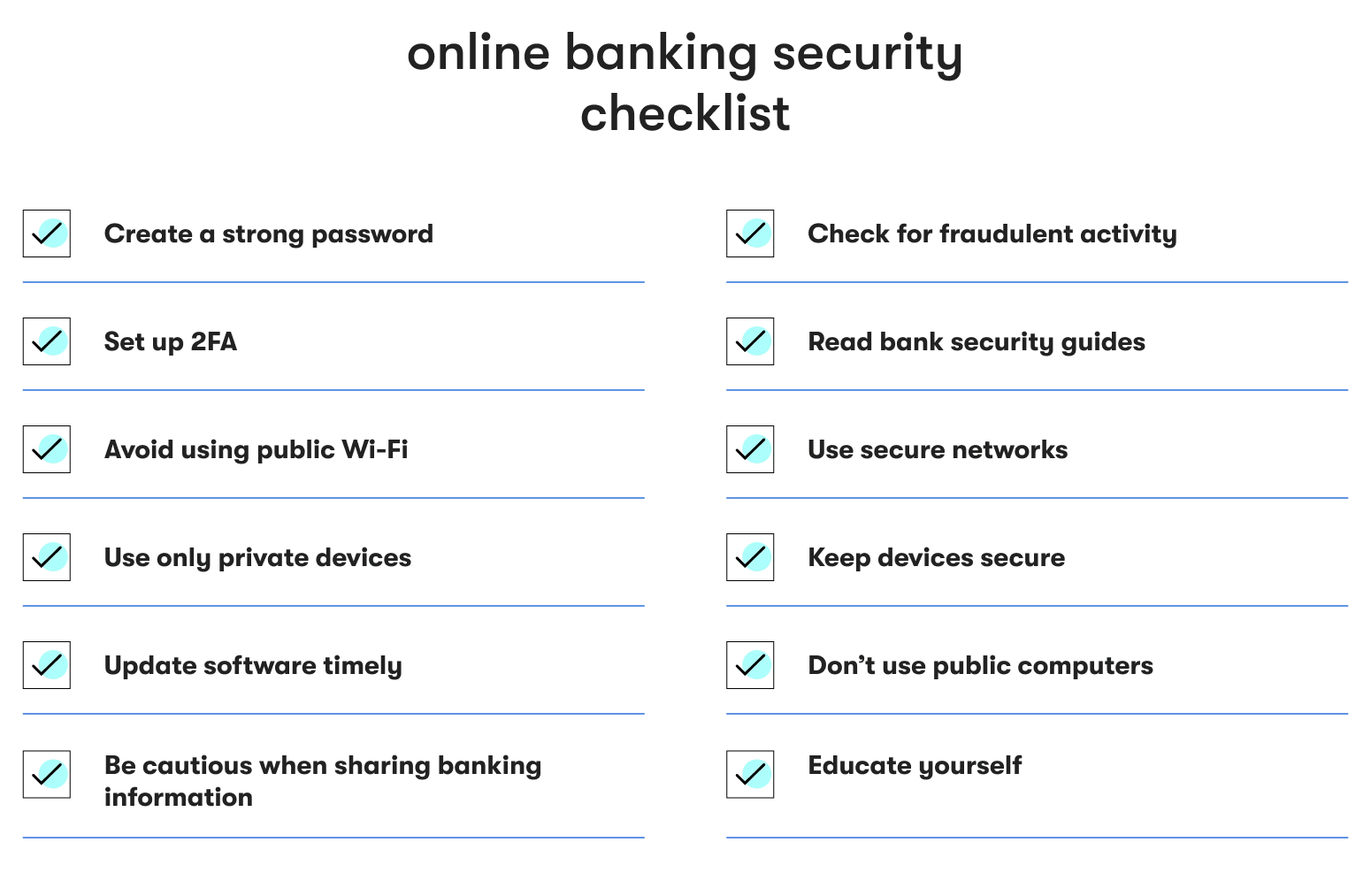
Create a strong password
Crafting a robust, unique password is a fundamental aspect of online security. Users should avoid using easily guessable information such as birthdays or names. Instead, they should opt for a combination of letters, numbers, and special characters.
Set up 2FA
Enabling two-factor authentication whenever possible provides an additional layer of security. This means that even if someone gains access to a user’s password, they still need a secondary verification method to log in.
Avoid using public Wi-Fi
Public Wi-Fi networks are often left open to compromise, making it easier for hackers to intercept data. Users should avoid accessing their online banking accounts or conducting sensitive transactions when connected to public Wi-Fi.
Use only private devices
Whenever possible, users should conduct online banking transactions on private devices. Using personal computers or mobile devices reduces the likelihood of unauthorized access compared to public computers.
Update software timely
Regularly updating devices and banking applications is crucial for maintaining banking security. Updates often include patches for known vulnerabilities, ensuring your systems are fortified against emerging threats.
Be cautious of how you share bank account information
Users should exercise caution when sharing sensitive information online. They should remember prior phishing attempts, and only share bank account information through secure channels. They should avoid clicking on suspicious links or providing information to unverified sources.
Check the bank account for fraudulent activity
Users are advised to regularly monitor their bank accounts for any unusual or fraudulent transactions. This can be done by setting up text alerts to receive notifications for suspicious activities and promptly reporting any discrepancies to the bank to prevent further unauthorized access.
Read bank security guides
Users should read their bank's authorized security guides thoroughly and follow their recommendations to enhance the protection of accounts. They should familiarize themselves with the bank's policies on account security, two-factor authentication, and password strength. This helps to stay informed about any updates or changes to the bank's security protocols and promptly adopt any additional security features they offer.
Use secure networks for online banking
When accessing bank accounts online, it’s advised to use a secure and trusted network. Users need to avoid conducting financial transactions over public Wi-Fi networks, as they may be more susceptible to hacking attempts. Users can connect via a virtual private network (VPN) for further security in internet banking, especially when accessing accounts from public places.
Keep personal devices secure
Users need to protect their online banking devices by enabling security features such as biometric authentication, PIN codes, or passwords; install reputable antivirus and anti-malware software to safeguard against potential threats; regularly update their device's operating system and applications to patch any vulnerabilities that malicious entities could exploit.
Don’t use public computers
Users should avoid accessing their bank accounts from public computers, such as those in internet cafes or libraries, as they may pose a higher risk of malware or keylogging activities. If they must use a public computer, they should log out completely and clear any browsing history or stored passwords to protect bank account or card information from unauthorized access.
Educate yourself on common scams
Users should stay informed about the latest scams and fraudulent activities targeting bank customers; be wary of unsolicited emails, calls, or messages claiming to be from the bank and requesting personal information; verify the authenticity of such communications or check with their bank through official channels before taking action.
By staying vigilant and implementing these security measures, users can significantly reduce the risk of unauthorized access to their bank accounts and protect their financial information from potential threats.
CALCULATE THE COSTS OF YOUR ONLINE BANKING PROJECT
Use our comprehensive calculator to estimate the costs of developing or upgrading your secure banking application.
Conclusion
In conclusion, online banking security is a shared responsibility between banks and their customers. While banks implement robust measures to protect customer data, adopting best practices as a user is crucial for ensuring a secure online banking experience. By understanding the online banking security features and measures in place, following recommended tips, and staying vigilant, users can actively contribute to safeguarding their financial well-being.
FAQ

Anush has a history of planning and executing digital communications strategies with a focus on technology partnerships, tech buying advice for small companies, and remote team collaboration insights. At EPAM Startups & SMBs, Anush works closely with subject matter experts to share first-hand expertise on making software engineering collaboration a success for all parties involved.
Anush has a history of planning and executing digital communications strategies with a focus on technology partnerships, tech buying advice for small companies, and remote team collaboration insights. At EPAM Startups & SMBs, Anush works closely with subject matter experts to share first-hand expertise on making software engineering collaboration a success for all parties involved.
Explore our Editorial Policy to learn more about our standards for content creation.
read more


